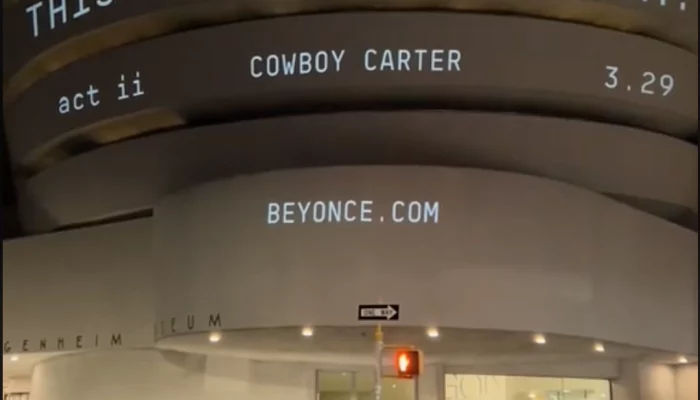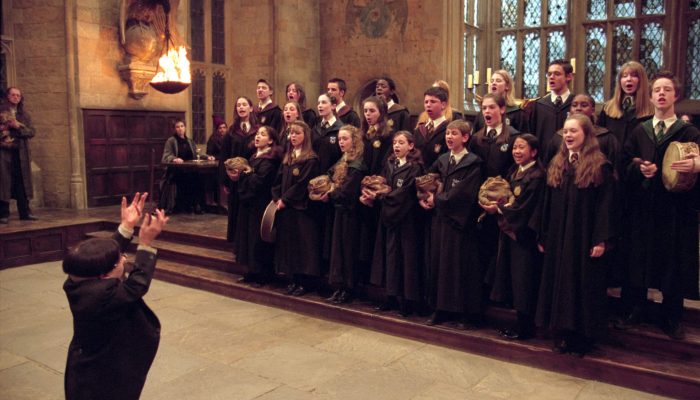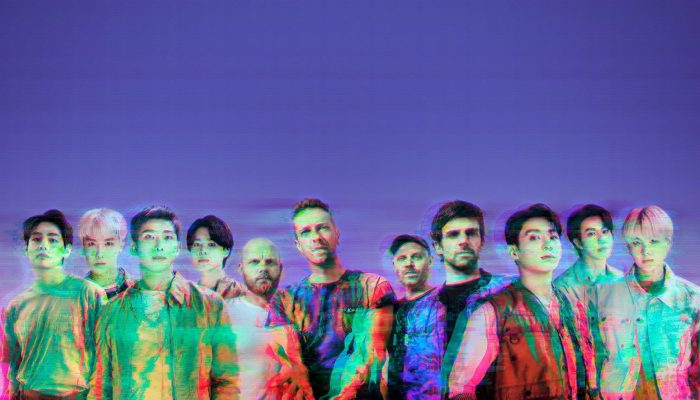"Music is the universal language". A phrase that is often used on various occasions to emphasize the importance of music's presence as a unifier of the nation. Although not everyone understands the meaning of music, one of the genres that is quite different in fine arts but we can all enjoy it in our own way.
The definition of music art itself when viewed from Big Indonesian Dictionary (KBBI), means the art of arranging tones or sounds in order, combination, and temporal relationship to produce a composition (sound) that has unity and continuity.
Now, imagine you're at a music concert and your favorite song is playing. Everyone, including you, is singing and dancing to the music.
Differences in social status, ethnicity, and culture seem to fade away along with the festive or serene atmosphere. Not only that, music also has various roles such as a means of self-expression, messaging, boredom, and even as a symbol.
Fundamentally, music is divided into three: traditional, modern and contemporary. However, when grouped by genre or genre, you probably won't finish reading this article in a few minutes. Yes, there are so many different types of music genres!
Each music genre has different characteristics that are influenced by external factors such as technological developments and cultural changes. Sometimes, each genre has sub-genre or derivative schools that succeeded in defining the identity of the school in a particular era or period. Such as orchestrated pop and psychedelic rock which was popular in the '60s, or plush disco in the '70s.
Now, as one music lover to another, we can't just stop at understanding the art of music. Wouldn't you like to know the history and six most popular music genres of all time? Who knows, it could be the topic of your next date or even lead you to your dream job!
Pop
Shortened from the word "Popular", originally the term "Pop" only applied to all songs that made it to the music charts in a certain period. The music charts come from leading record labels, radio, TV channels, or music magazines such as Billboard, MTV, and Rolling Stone who are authorized to determine the music charts. what's hot and what's not in the music industry (Trivia: the music charts are also often dubbed as Top 40).
By occupying one of these music charts, a musician is usually considered to have achieved success in their career. Keep in mind that the barometer of success here is being recognized by a wide audience (not that the work produced is not good, you know) and how many listeners or buyers of their albums.
Originally, the term pop also included and adapted elements from other genres such as rock, urban, dance, and country. But over time, the definition of pop music narrowed down to songs written with a short duration and repetitive use of combinations of sounds, rhythms, and melodies.
Pop music has also managed to become a melting pot that borrows and assimilates elements and ideas from various types of music such as rock, R&B, disco, punk, and hip hop. This combination has influenced and led to the incorporation of pop music in the last six decades.
Rock
Just like pop, music rock is rooted in the fusion and incorporation of elements from other music genres. In this case, the roots come from the rhythm, blues, and country. Over time, it has been constantly evolving, redefined, and even reinvented since its inception in the '40s. It's no wonder that pinning down a precise definition for the genre is difficult.
However, the melody is produced by an electric guitar instrument, bassand drums are what set music apart rock with other genres. When it comes to the history of musical evolution and transformation rock, perhaps one of the largest derivative streams is the Rock n Roll which emerged in the '50s.
Followed by hard rock and heavy metal (popularized by Led Zeppelin!) and punk in the '70s, and alternative rock in the '80s. The next decade marked the rise of the grunge which is a blend of hard rock and punk, initiated by the group rock Nirvana. Still in the same era, after the death of Kurt Cobain (the frontman of Nirvana), the derivative genre of mainstream rock has come to the fore again.
Culturally and psychologically, music rock often identified with youth. Implications have arisen as negative connotations associated with music have emerged. rockIt is a way of expressing oneself, such as sex, alcohol, and drugs while showing self-expression at the same time.
Jazz
It seems appropriate to say that the Jazz music genre was born as a reflection of the diversity or diversity American culture and individualism. Since its birth in the early 20th century, jazz music emerged with melodic infusions from African and European music.
Piano, guitar, trombone and saxophone are just a few of the many instruments that dominate jazz songs. Likewise with the element of blue notes, polyrhythms, syncopation, shuffle noteIn addition, improvisation is considered crucial in the creation of jazz music.
As the era progressed, the exclusivity that surrounded jazz music also slowly began to fade with the increase, even (in certain phases) the proliferation of jazz music festivals and performances around the world. Nowadays, the musicality of the jazz genre is very diverse, as well as its derivative genres. Starting from avant garde music, Latin jazz, to jazz rock fusion. The options of jazz music are so vast that there is always something interesting to discover in the style of each musician.
Dance
Music genre dance is music that is intentionally created as an accompaniment to dance. Like other genres, music dance has also undergone transformations over time.
When it comes to history, there's nothing wrong with doing it systematically. Following the timeline of the emergence of a number of genres derived from music danceThe earliest known derivative genre is medieval dance which, as the name implies, was born in the era of Medieval. Followed by the appearance of noble court dance who was born in the era of Baroque and waltz that emerged in the classical era.
Music dance reached the peak of its popularity in the early '20s when ballroom dance introduced to a wide audience. In the following decades, a pattern developed where dance music merged with the popular music genres of the era. For example, in the '30s when the swing is dominating the music scene, the swing dance appear to complement it.
Likewise in the '50s with Rock n RollIn the '60s, soul and R&B, and disco in the '70s. Then, the early '80s marked the emergence of Electronic Dance Music (EDM) which continues to evolve to this day.
Made using electronic instruments, this derivative genre can easily be found in nightclubs, rave parties and festival music. While rock music is associated with sex, alcohol and drugs, dance music is often associated with hedonistic culture and fun.
The derivative genres of EDM itself continue to evolve over time following influences and other external factors. Some of the EDM derivative genres that still dominate the music scene today are trance, techno, drum & bass, house, and nu jazz.
R&B
Rhythm & Blues. Yes, that's the abbreviation for R&B. A genre of music dominated by African-American musicians in the late '30s. Because of this, this genre was later named "race music" or race music before it was changed to R&B by Billboard magazine as a marketing term because it was considered offensive. In the '70s, the definition of R&B was expanded to become a blanket term that encompassed the music genres of soul and funk.
The characteristics of the R&B genre itself are well-organized vocal harmonies (sometimes accompanied by backing singers), as well as a combination of piano, guitar instruments, bass, drums, and saxophone.
The emergence of hip hop music and culture, known as a form of protest against the violence and discrimination experienced by the African-American population in America, has made R&B a more melancholic and "love song" genre of music. Perhaps the play of emotions that musicians show when singing R&B songs has something to do with this.
Thank you for following crash course or a crash course on the definition of music, its fundamentals, and the most popular genres in this never-ending industry. See you in the next crash course!





